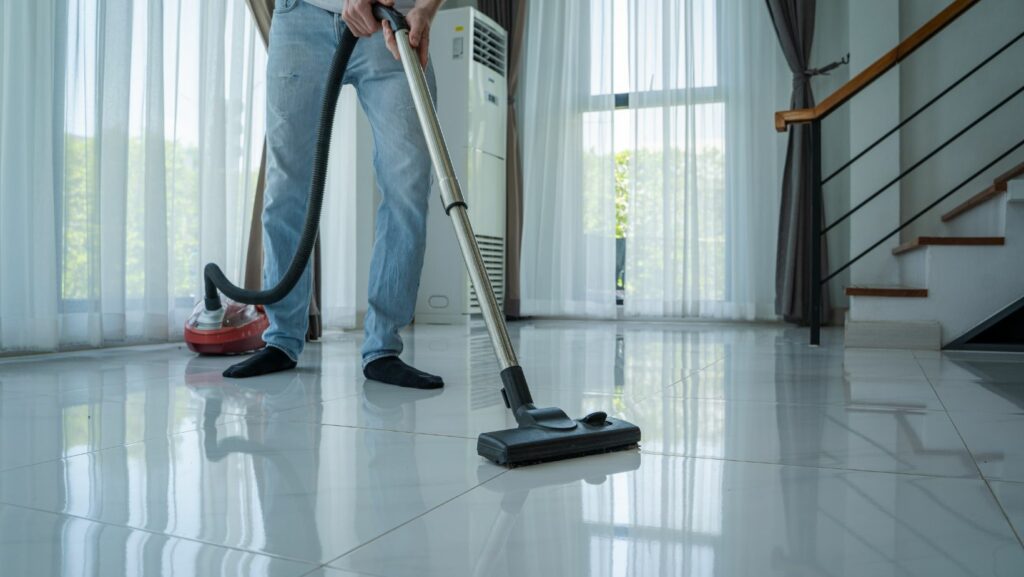If you’re wondering about the power consumption of your vacuum cleaner and how many amps it uses, you’ve come to the right place. Understanding the electrical requirements of your vacuum can help you make informed decisions about energy usage and ensure that your home’s electrical system can handle its demands.
The power consumption of a vacuum cleaner is typically measured in amps, which stands for amperes. Amps indicate the amount of electric current flowing through a circuit. The number of amps a vacuum uses will vary depending on factors such as its motor size, design, and overall efficiency.
To find out how many amps your specific vacuum cleaner uses, you can usually check the manufacturer’s documentation or labeling on the appliance itself. It’s important to note that different settings or attachments may result in varying amp usage. By understanding this information, you’ll have a better idea of how much electricity your vacuum consumes and can make more informed choices when it comes to energy usage in your home.
So, if you’re curious about how many amps your vacuum uses, stay tuned as I delve into more details about power consumption and provide some helpful tips for optimizing energy efficiency while keeping your floors clean.

How Many Amps Does a Vacuum Use
When it comes to understanding the power consumption of a vacuum, one important factor to consider is the amps it uses. Amps, or amperes, measure the amount of electrical current flowing through a device. In simpler terms, amps indicate how much electricity a vacuum consumes while in operation.
To better grasp this concept, let’s break down the relationship between amps and power consumption:
- What are amps? Amps represent the rate at which electric charge flows in a circuit. It determines how much current is drawn by an electrical appliance like a vacuum cleaner during use.
- How do amps affect power consumption? The higher the amp rating of a vacuum cleaner, the more power it will consume during operation. Vacuums with higher amp ratings tend to have stronger suction capabilities but also consume more energy.
- Understanding wattage and volts: To fully comprehend power consumption, we need to consider both volts and watts alongside amps. Volts measure electrical potential difference or voltage supplied by your home’s outlets, while watts quantify total power usage.
- Calculating power usage: To determine the exact amount of power consumed by your vacuum cleaner, multiply its amp rating by the voltage provided by your household outlets (typically 120 volts). This will give you its wattage or overall power consumption.
It’s worth noting that while high amp ratings may imply increased suction power for vacuums, they can also result in higher electricity bills due to elevated energy usage.
Understanding amps and their impact on power consumption is crucial when choosing a vacuum cleaner that aligns with your needs and energy efficiency goals. By considering these factors along with other features like suction performance and filtration capabilities, you can make an informed decision when purchasing a new vacuum cleaner.
In conclusion, being aware of the amp rating of your vacuum cleaner and understanding its impact on power consumption can help you make an informed decision about energy usage and choose a vacuum that meets your cleaning needs while minimizing electricity costs.

